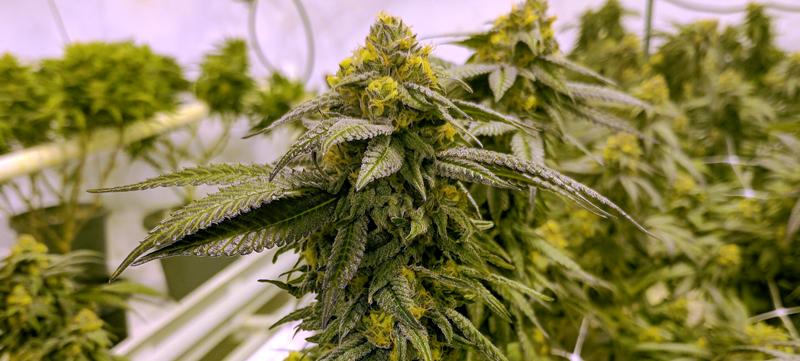Could organic cannabis flourish in North America?
North America boasts one of the fastest-growing sectors of legal weed, with a strong emphasis on organic cannabis. According to statistics gathered by ArcView researchers, legal cannabis in North America swelled by 34 percent in 2016 to a colossal $6.9 billion. This figure is anticipated to surge at 26 percent annually through 2021. If those figures are correct, market value will eventually creep up to $21.6 billion.
How has organic cannabis in North America evolved?
The organic approach to agriculture emerged back in 1940 when English agriculture Lord Northbourne coined the phrase “organic farming,” some 22 years before the “Silent Spring” book was published in 1962 by scientist/naturalist Rachel Carlson.
Her book highlighted the damaging effects of pesticides and how they could harm the environment. This led to major public awareness and a decade later, the organic farming movement was propelled forwards when the DDT pesticide was banned by the U.S. During the same year, 1972, the International Federation of Organic Agriculture Movement (IFOAM) was founded.
Standard organic production practices were then defined in 1990 when the Organic Food Production Act (OFPA) was passed in the U.S. In 2001, the National Organic Program decided to turn the OFPA standard production practices into regulated law.
Last year saw Amazon acquire Wholefoods. As the biggest organic food chain on the planet, worth $13.7 billion, it’s clear that the organic trend is catching on.
Why organic cannabis in North America?
According to Statista, 32 percent of Americans and 57 percent of Canadians prefer organic products as opposed to regular-grown weed. Aside from being safe for consumption, organic cannabis ensures a premium experience for consumers. What’s more, it is environmentally sustainable.
The price of organic cannabis is slightly above that of regular weed. It’s reasonable to expect a higher price, however. Organic plants require attention to detail. The soil-to-sale growing process is much more intricate and so, it adds to the price premium. One gram is said to cost 26 percent more than regular grade weed.
On the other hand, with consumer cannabis spending in America and Canada predicted to top $10 billion by the close of this year, it seems that the target market isn’t too worried about the cost, so long as they get quality.
A prime example of a company that has mastered the art of organically-grown cannabis is the Green Organic Dutchman (TSX: TGOD) (OTC:TGODF). The company is striving towards building a production footprint in excess of 1 million square feet and dominating the global market as an organic cannabis brand. TGOD’s confidence in organic cannabis is a clear indication of the demand this segment of the industry commands.









